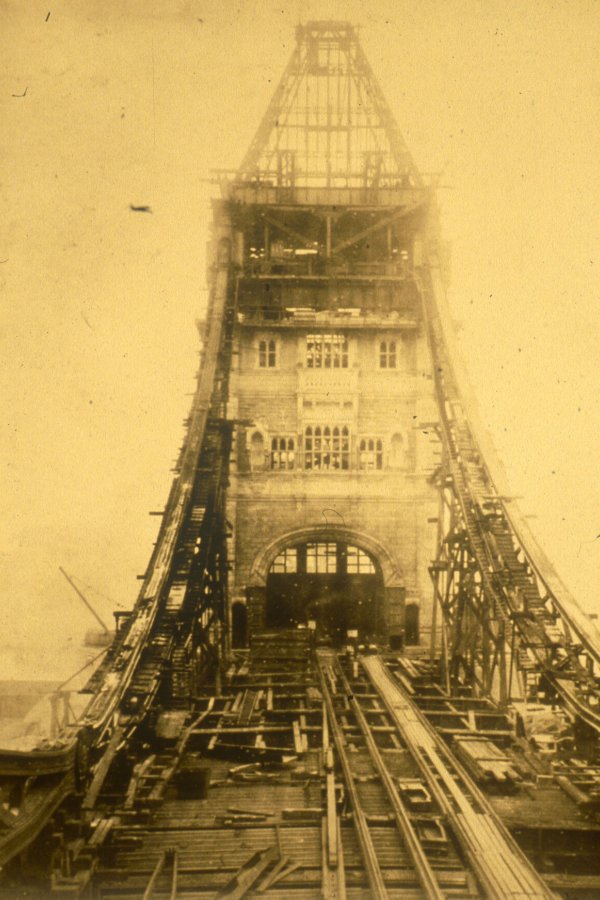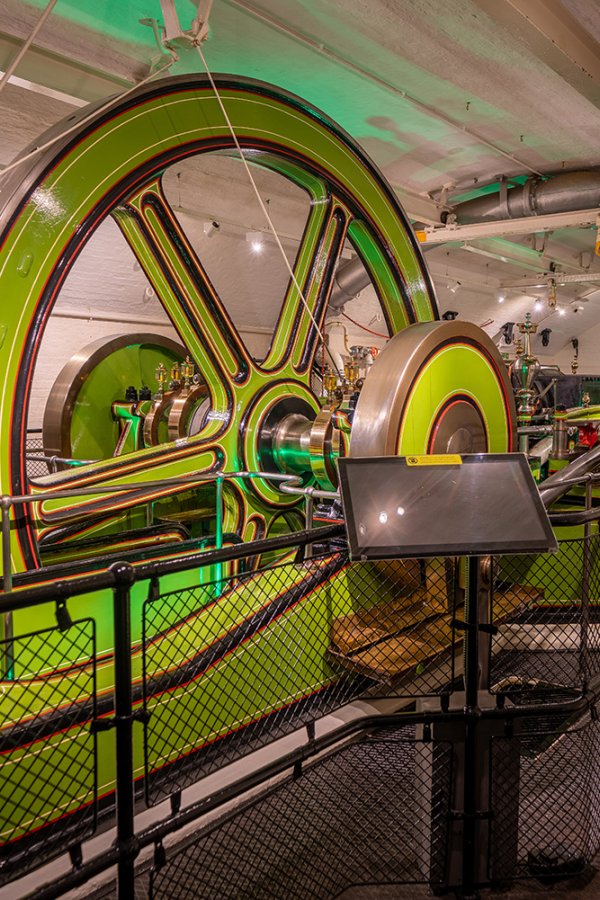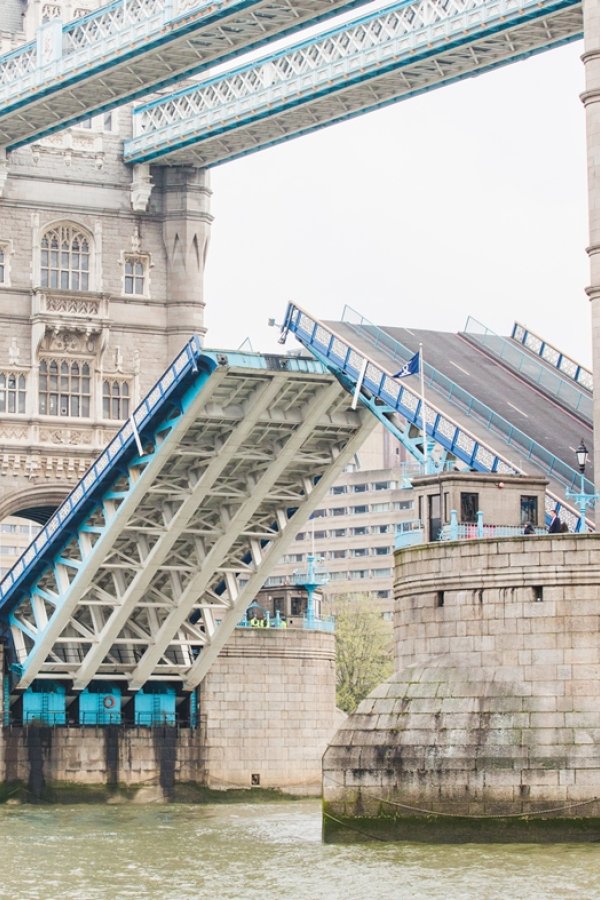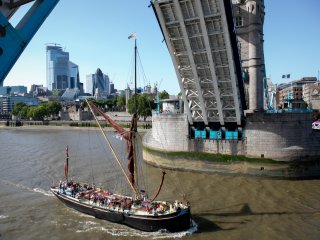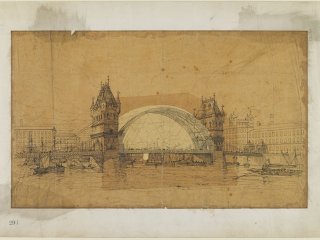How does Tower Bridge work?
Ask anyone to name one fact about Tower Bridge, and the majority will answer that the road opens up to let boats through. But have you ever wondered how Tower Bridge works?
It is often assumed that Tower Bridge is a drawbridge, as the way the road opens up looks very similar to what you would expect to see on a medieval castle. This was actually how Tower Bridge’s architect, Sir Horace Jones, initially intended the roads to open and was the design submitted to the Tower Bridge design competition. However, it was discovered that the roads would be too heavy for the towers to hold, so a new solution was needed.
